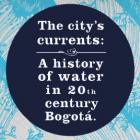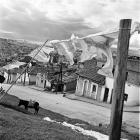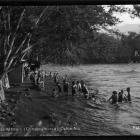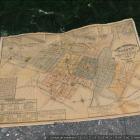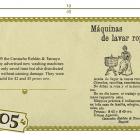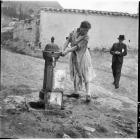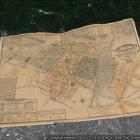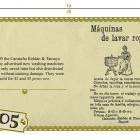“Landscape and Inscription”
In this special issue on Multispecies Studies, Cary Wolfe and Maria Whiteman discuss the changing notions of landscape and nature at work in the video installation Mountain Pine Beetle and explores some of the forces that eventuated in the devastated landscapes of the Rocky Mountain West brought on by the infestation of the mountain pine beetle beginning in the early 2000s—an infestation caused, in no small part, by what some scientists have called a perfect storm of circumstances created by global warming.







